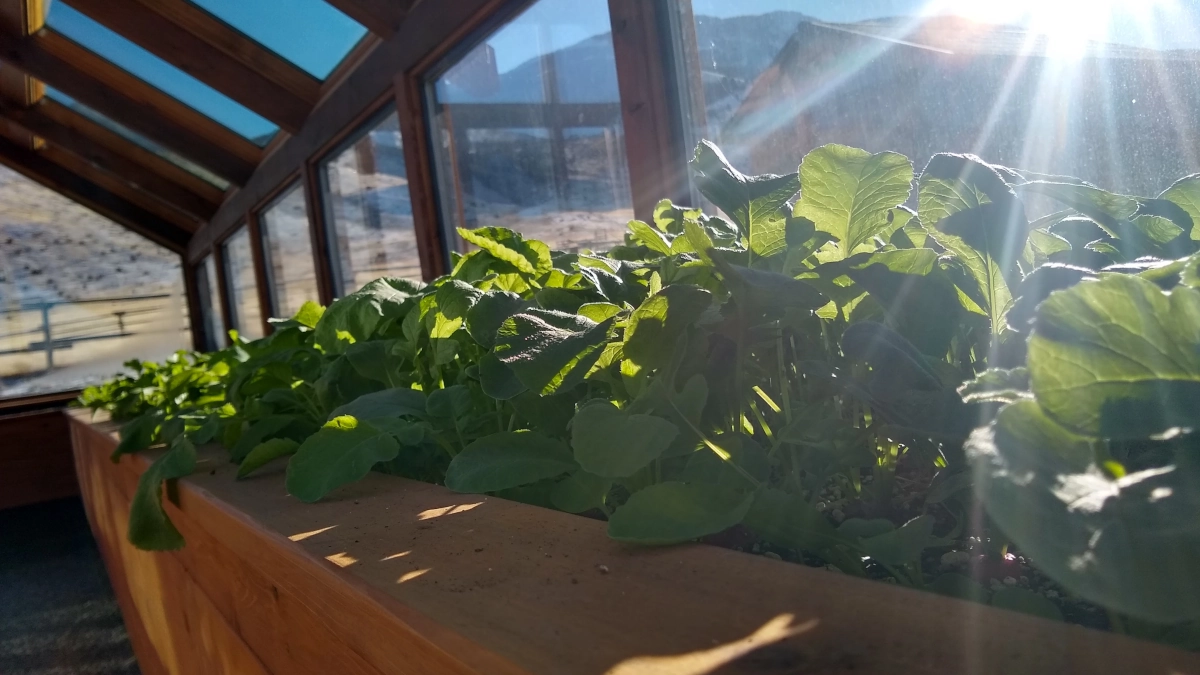Last Updated on March 10, 2023 by hgspaces
There are many benefits of a greenhouse. Owning one is a great idea. When you have a greenhouse, you can turn your part-time gardening into a full-time passion. Whether you have many hours to spend or a few minutes a day, having a greenhouse is ideal for anyone who loves plants.
There are some questions that arise when looking at a greenhouse: What are the benefits of having one? Is it expensive? Could I make good use of it? Do I have the space?
You will get the answers to these questions when you build a greenhouse because you will see that it offers many, many benefits that you will always be grateful for.
Benefits of a Greenhouse
Here are 11 good reasons why you should absolutely have a greenhouse on your property:
1. Multiple Uses
One of the main benefits of a greenhouse is that you can use it for a variety of things. You can grow fresh organic vegetables, flowers, bulb plants, houseplants, exotic plants, and all types of seedlings. You can change what you grow there each year or grow a mix of things throughout the year. You can grow many different plants at the same time if you want. You have the freedom to choose how you use your greenhouse. Anything you wish to plant and grow, you can do it in a greenhouse.
2. All-in-one gardening place
When you have a greenhouse you have the benefit of a designated growing place for all things gardening. This is one of the nicest benefits of a greenhouse. You do not need to build a separate garden shed. You can not only grow vegetables, flowers, and other plants, but also store all your gardening tools, accessories, and supplies.
3. Consistent gardening
Another benefit of a greenhouse is, avoiding all bad weather and adverse seasonal conditions throughout the year. Bad weather or long periods of exposure will not cause serious problems for the plants you grow in your greenhouse. You gain the flexibility you need to get ahead with any kind of gardening.
4. Plant protection
By using a greenhouse, you protect plants against other problems such as infestations of pests like caterpillars, locusts, mites, etc. You can ensure that your garden is healthy and happy all year round. A truly helpful benefit of a greenhouse.
5. Optimal environment
Whether it’s herbs or vegetables you’re growing, if you are an experienced gardener, you know that plants like balanced conditions. Maintaining an optimal environment is one of the most important benefits of a greenhouse. You can use the growing space to place your plants in a growing environment that will help them thrive. The main purpose of a greenhouse is to ensure the right amount of heat and humidity is maintained in the greenhouse for a proper gardening environment.
6. All-season garden
Many gardeners face the common problem of not being able to plant certain varieties due to a short growing season, especially in northern latitudes. When you own a greenhouse, you can extend the growing season or garden all year round. You have much more control over the temperature in a greenhouse. And you can start planting seasonal plants earlier or later depending on your personal preference. Just another of the great benefits of a greenhouse.
7. Custom design of a garden
Like gazebos and pergolas, the benefits of a greenhouse include being able to design a beautiful greenhouse that fits your landscape and property perfectly. You don’t have to worry about landscaping as there are unlimited options with greenhouse sizes and shapes. You can create a beautiful growing space with a custom greenhouse placed in your garden. Like these other structures, you can create a space with a purpose and add visual appeal to your yard at the same time.
8. Save money
You can easily spend a lot of money on plants every spring, but often you still want more flowers or vegetables to fill your garden. When you have a greenhouse you can start as many seeds as you want and most times you will have more than enough greenhouse plants to share with neighbors. This means you can save a lot of money on starter plants.
9. Hassle-free customization
If you prefer to have a growing space that is unique, or you have a specific desire for your growing requirements, one of the great benefits of a greenhouse creating a design of your choice. In fact, building your own greenhouse isn’t too difficult for most people and the right contractor makes it even easier. You can customize many variables with your design. For example, interior layout, whether you use raised beds or shelves, vents and windows, size, position, shape, and placement.
10. Greenhouses are healthy
Health is probably the greatest of all benefits of a greenhouse. Being outside in nature is a way to escape the stresses in life. Did you know that greenhouses with diffused lighting can help in alleviating Seasonal Affective Disorder, or SAD? A greenhouse is exactly what you need to lift your spirits when you’re feeling down. It requires you to make an initial investment, but the money you spend is well worth it in the long term. It is an investment that promotes healthy living, a sustainable environment, and fresh, healthy, nutrient-dense food.
11. Self-Reliance and Independence
As consumers, we are ever more dependent on jobs, fuel, utility companies, and the government. A greenhouse of your own helps you become independent and self-reliant in one of the most important areas of life. Keeping you and your family well-fed!
With so many benefits, you can see why owning one is a smart move. For more information check out Heritage Growing Spaces.
Also, watch the video below for more!
